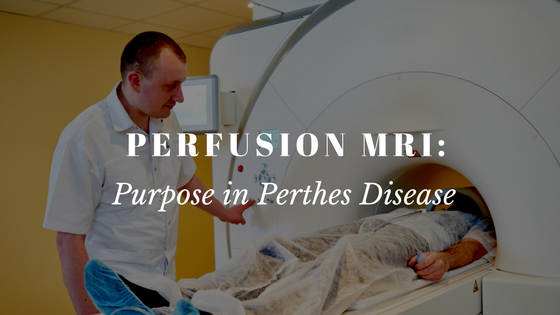A recent study conducted by Dr. Harry Kim, Chairman of IPSG and staff doctors and researchersat Texas Scottish Rite Hospital, looked at the use of an advancedMRI called perfusion MRI, a new diagnostic imaging testtodetermine revascularization of femoral heads of patients with Perthes disease. Revascularization is the return of blood flow to the femoral head (the ballof the hipjoint) that has suffered from stoppage of blood supply. One of the most important components in the healing of Perthes is the return of blood flow to necrotic bone. Since this is such an essential part of healing, researchers wanted to better understand the things that affect the rate and quality of revascularization.
The study included29 patients with an average age of 8 years who were in the first two stages of Perthes, so called Walsenstrom stage 1 or 2.
The 29 patients included in this study had two or more perfusion MRIs during the study period. One important finding from the study was that the amount of blood flow absent or present in the femoral head differed from one patient to another, along with the speed of the return of blood flow over time. By following these patients with MRIs, the researchers found the return of blood flow to the affected femoral head increased over time and the pattern of blood flow return was somewhat of a horseshoe pattern. The revascularization started from peripheral regions(posterior, lateral, and medial aspects) of the femoral head and merged toward the center over a period of 1 year or more.
Currently, there is limited research about the revascularization process that takes place in the necrotic femoral heads of patients with Perthes. This study is important as it showed that the return of blood flow in Perthes increases over time, but the rate of return can vary a lot from one patient to another. This finding emphasizes the need to individualize the treatment plan of each patient.
Perfusion MRIs: Recent research showing the purpose with Perthes Disease

